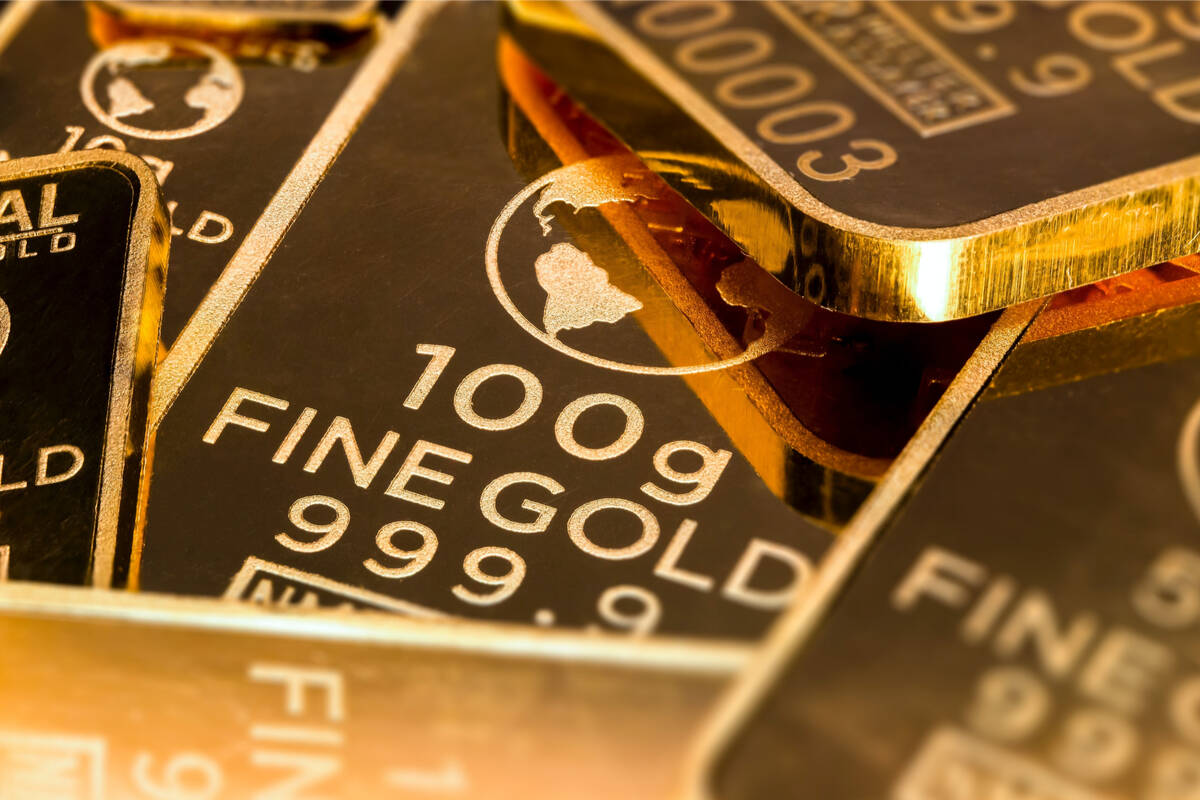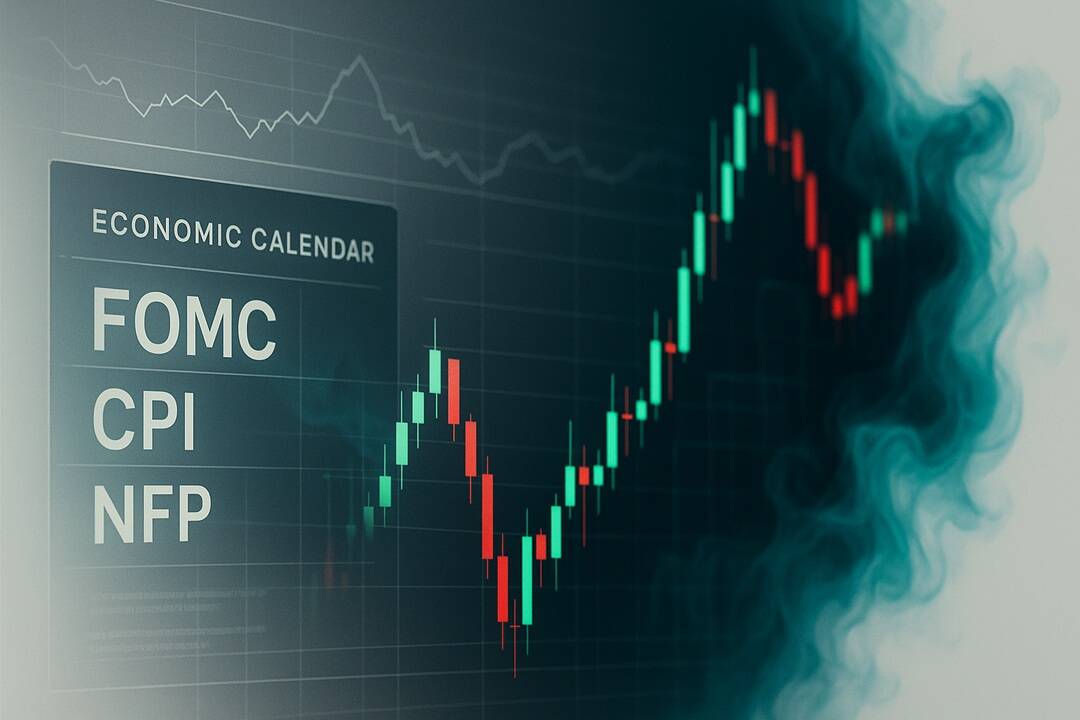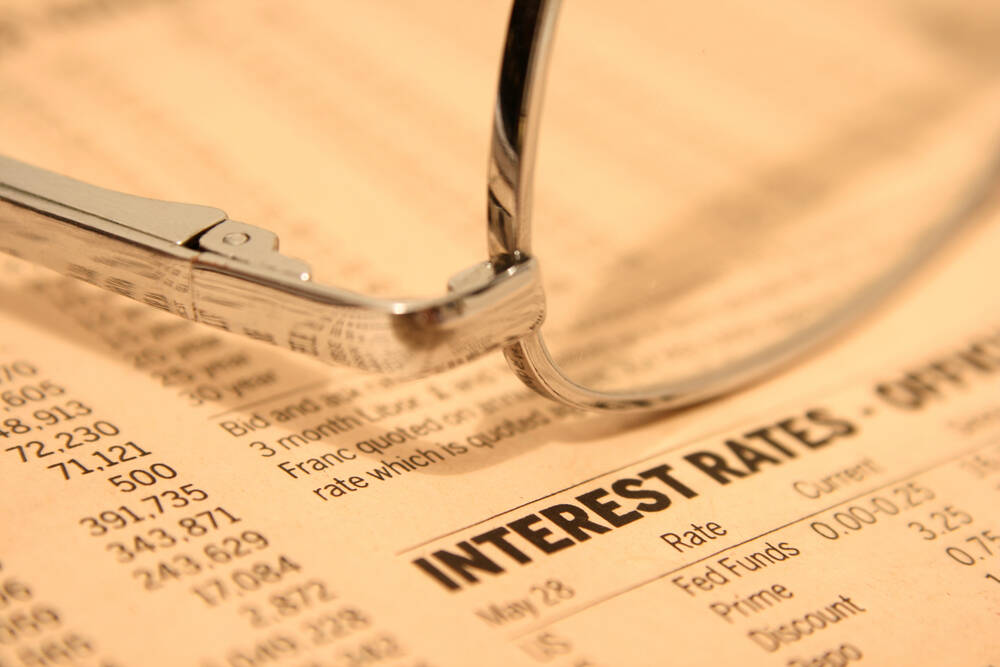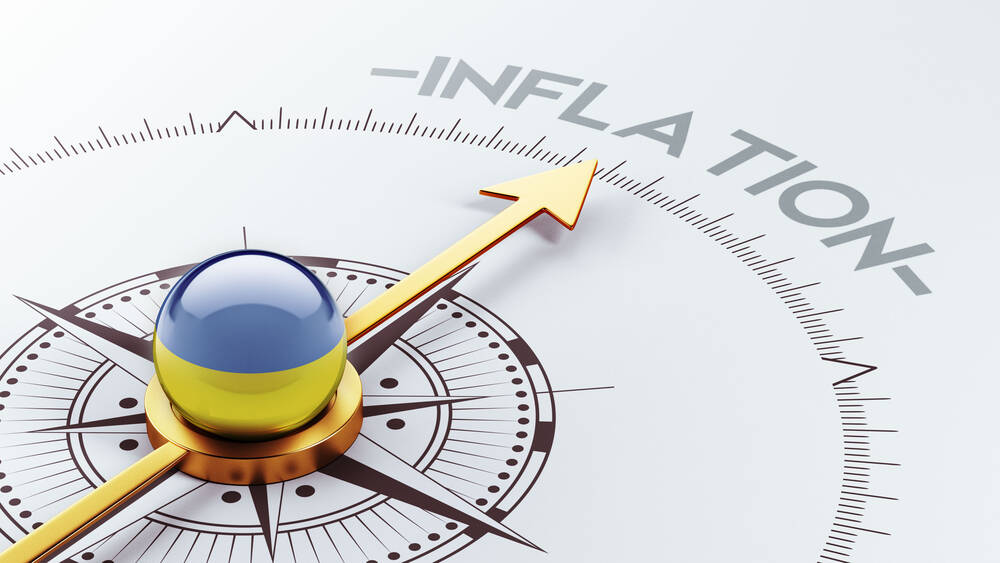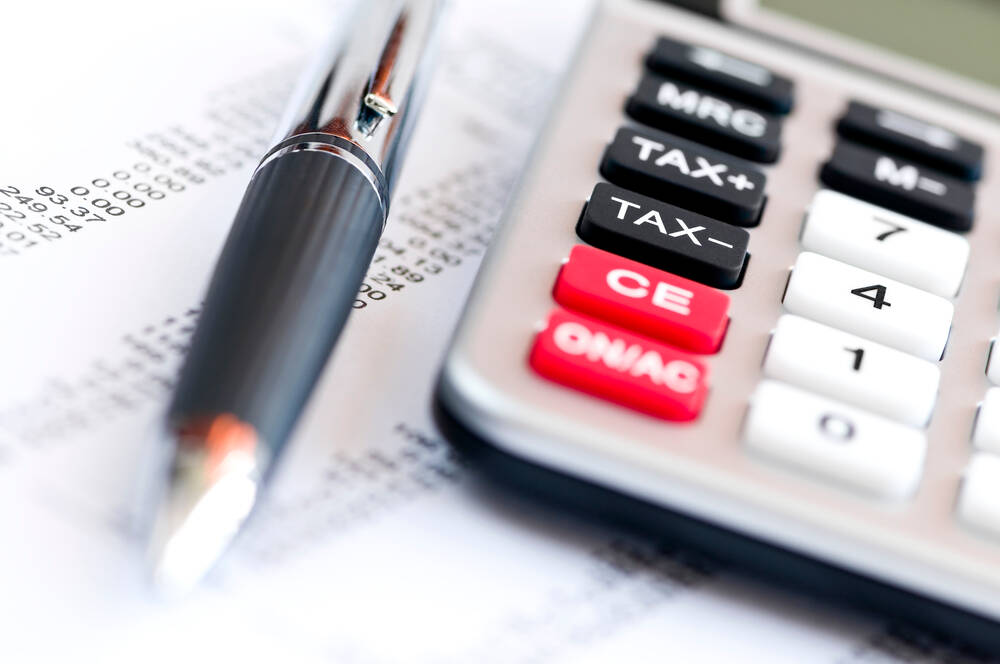Advertisement
Advertisement
Search Indicator:
Choose Country 
United Kingdom GDP Growth Rate
Last Release
Sep 30, 2025
Actual
0.1
Units In
%
Previous
0.3
Frequency
Quarterly
Next Release
Dec 22, 2025
Time to Release
1 Months 4 Days 10 Hours
Highest | Lowest | Average | Date Range | Source |
17.6 Sep 2020 | -19.4 Jun 2020 | 0.57 % | 1955-2025 | Office for National Statistics |
The services sector is the most important and account for 79 percent of United Kingdom's GDP. The biggest segments within services are: government, education and health (19 percent of total GDP); real estate (12 percent); professional, scientific and technical activities and administrative and support services (12 percent); wholesale and retail trade (11 percent); and financial and insurance (8 percent). Industry accounts for 21 percent of the GDP and the largest segments within this sector are: manufacturing (10 percent of total GDP) and construction (6 percent). The Agriculture sector accounts for only 1 percent of GDP. Composition of the GDP on the expenditure side: household consumption (65 percent), government expenditure (20 percent) and gross fixed capital formation (17 percent). Exports of goods and services account for 28 percent of GDP while imports account for 30 percent, subtracting 2 percent from GDP.
Latest Updates
The UK economy expanded by just 0.1% in Q3 2025, easing from 0.3% growth in Q2 and falling short of market expectations of 0.2%, according to preliminary estimates. The production sector contracted 0.5%, following a 0.8% decline in the previous period, led by manufacturing (-0.8%) and mining and quarrying (-1.5%). Within manufacturing, motor vehicles, trailers, and semi-trailers tumbled 10.3% after a cyberattack severely disrupted operations at Jaguar Land Rover in September. Services output rose 0.2% (vs. 0.4% in Q2), supported by arts, entertainment, recreation, and real estate, while professional, scientific, and technical activities declined. Construction output increased 0.1% (vs. 1.0%), driven by repair and maintenance, though new work fell. In expenditure terms, gains in investment, spending, and net trade were partly offset by falling valuables and inventories. On an annual basis, GDP increased 1.3% in Q3, slightly below forecasts of 1.4%.
United Kingdom GDP Growth Rate History
Last 12 readings


